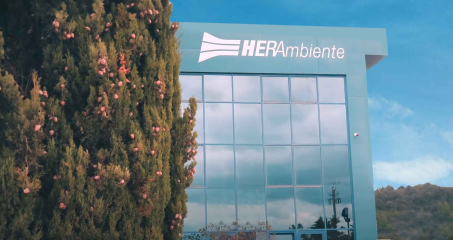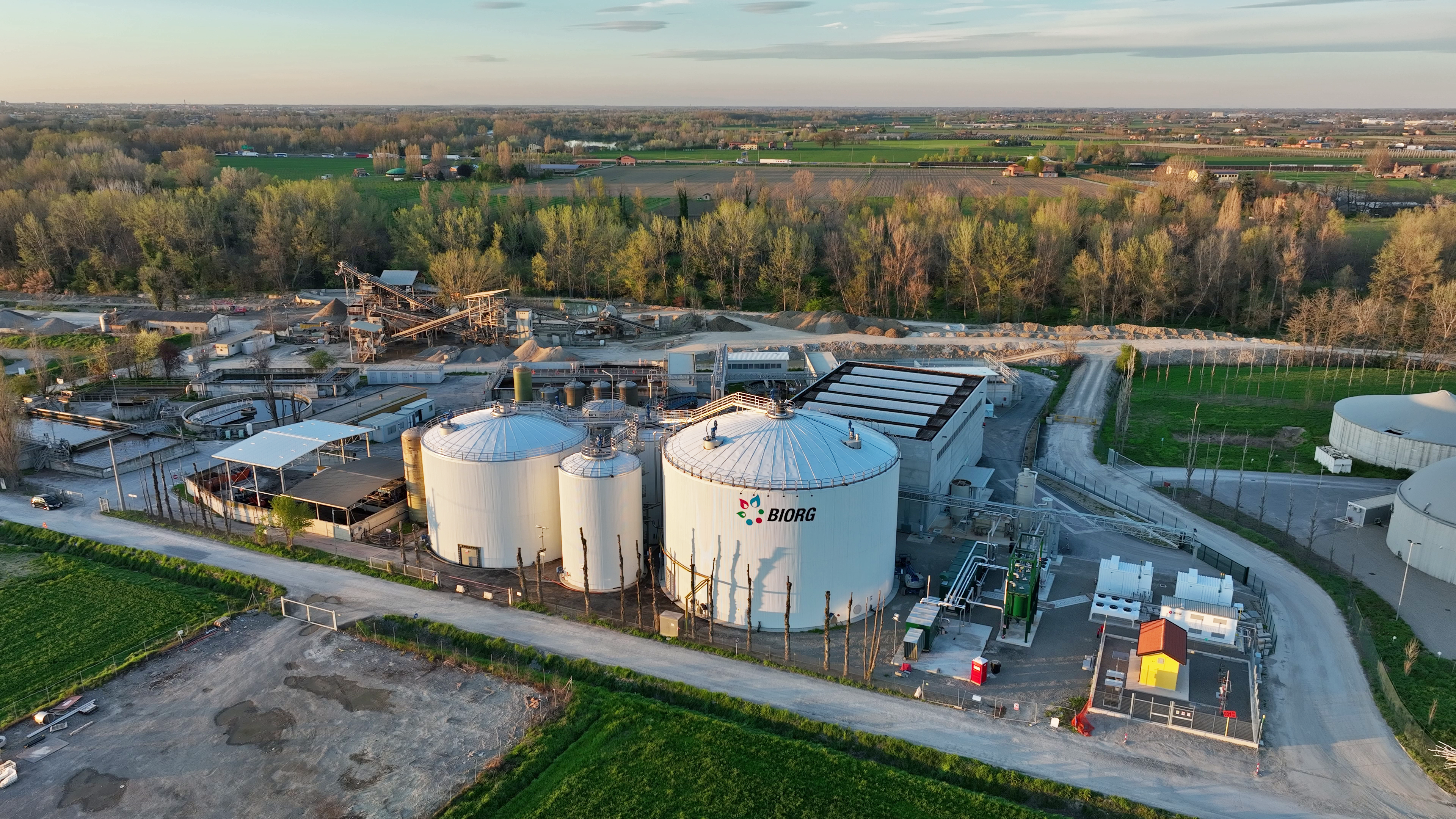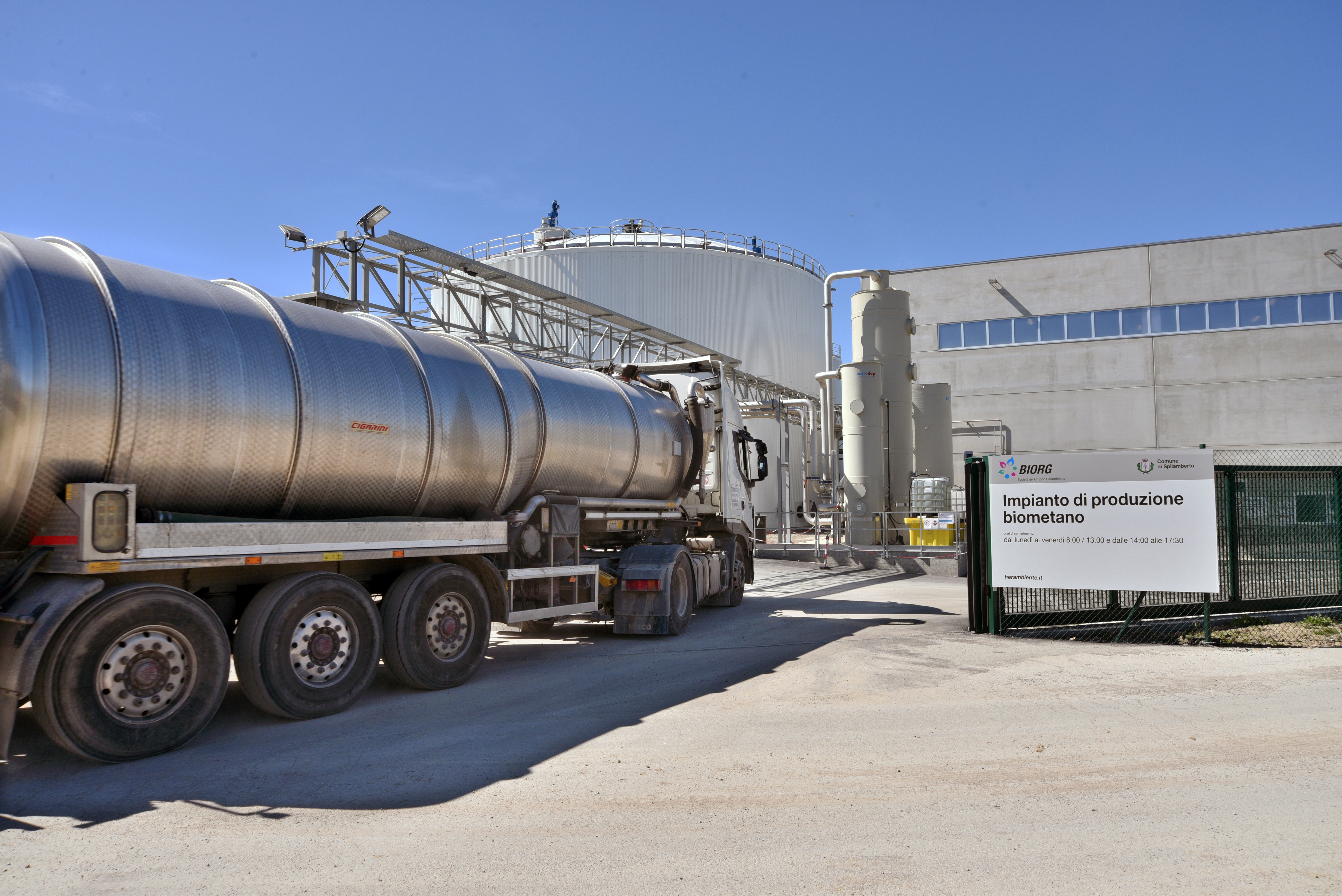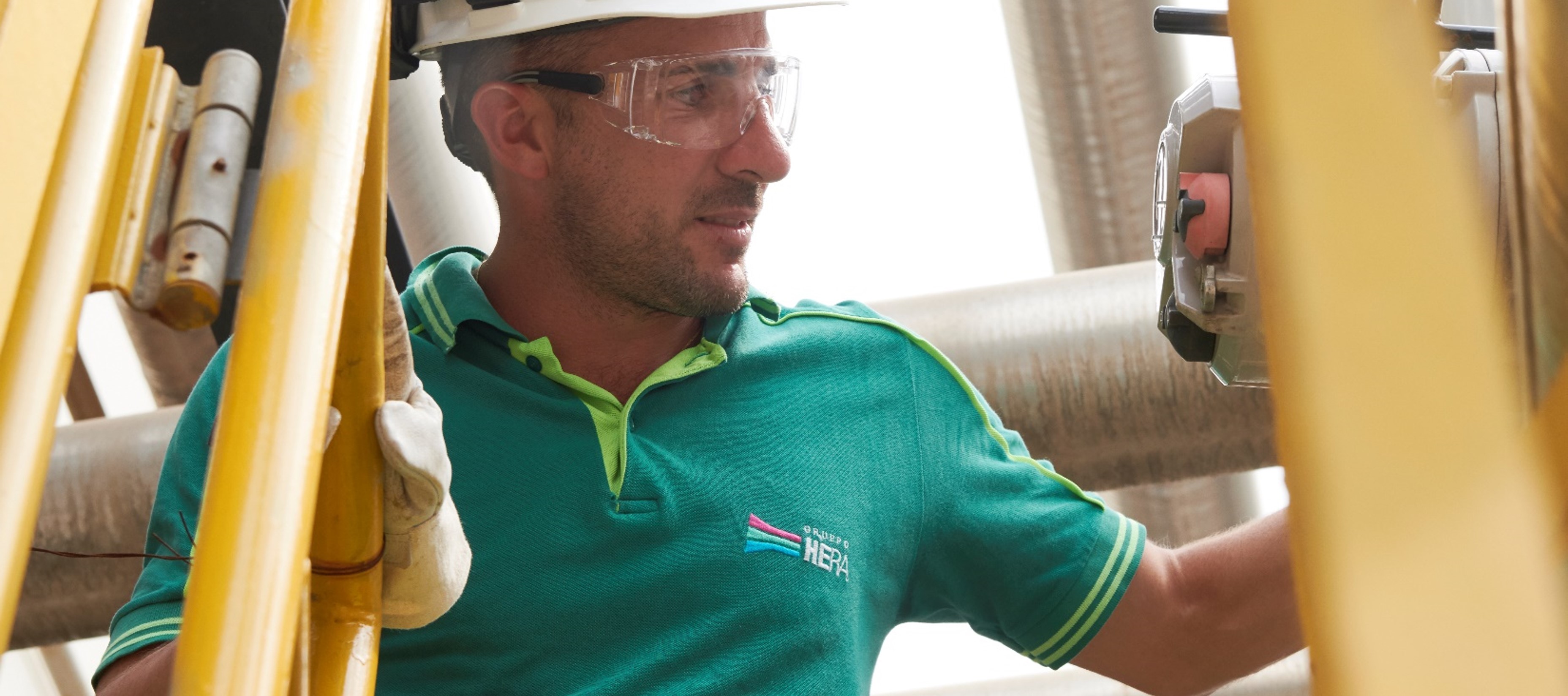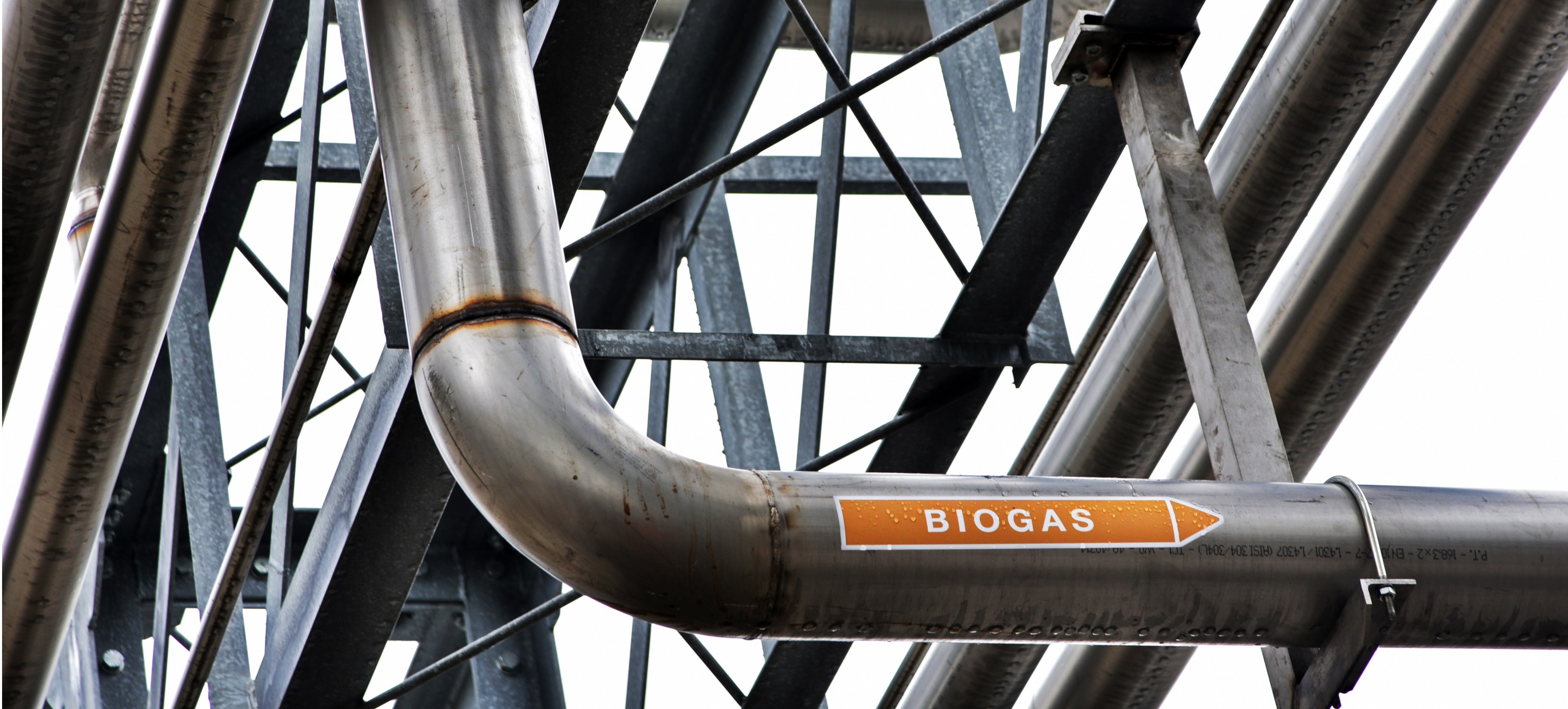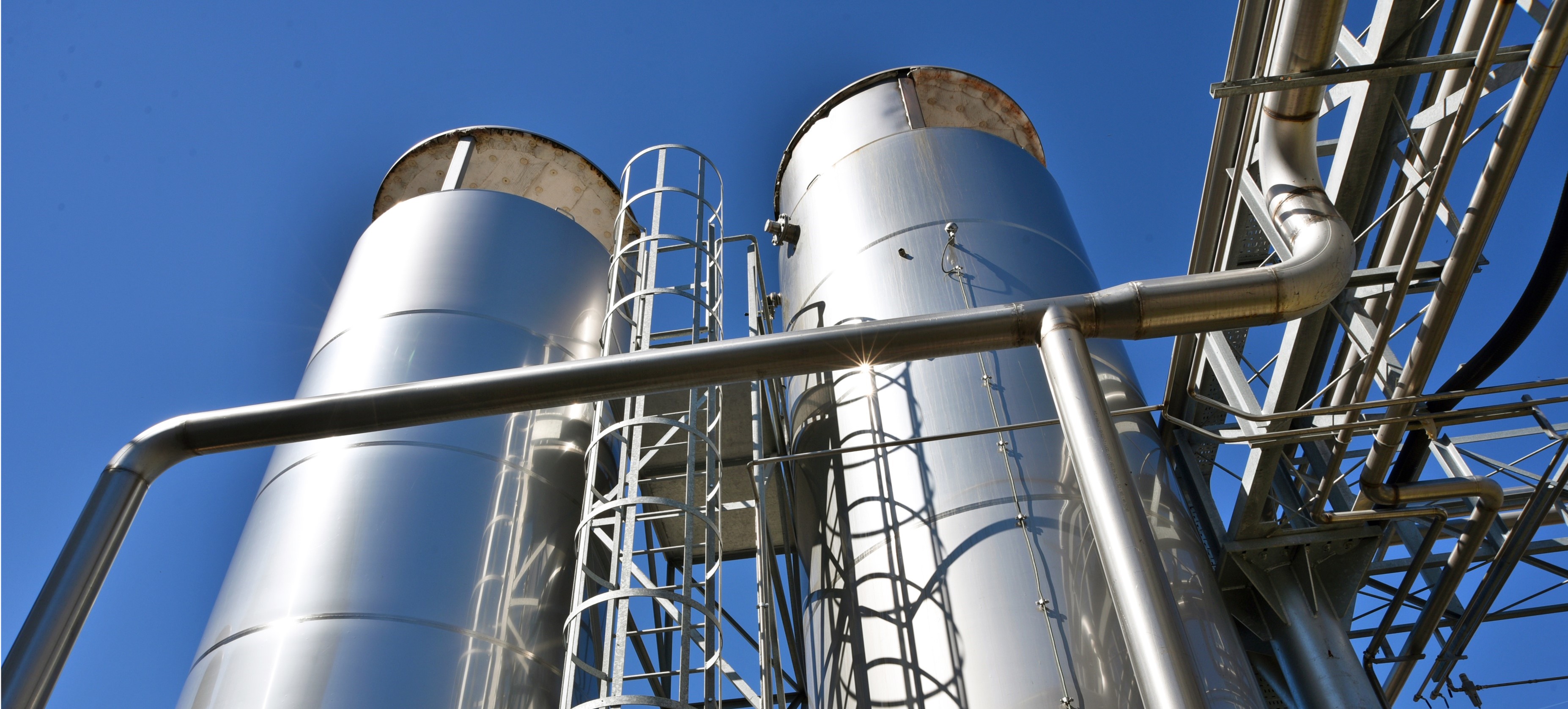Overview
Hera Group, through its subsidiary Herambiente, and the (Cremonini Group) company INALCA, a leader in the production of meat and food product distribution, signed a partnership in 2021 for the establishment of BIORG, a company for the production of biomethane, a 100% renewable fuel, and compost from the separate waste collection of organic and agro food waste.
Thanks to an investment of about 28 million euro, the Spilamberto site in Modena owned by Herambiente has been upgraded using the best technologies available. The plant for the production of biomethane has been integrated with the renovated composting plant, also managed by Biorg in Nonantola, in the same territorial area.
Page update 21 December 2022
- Liquid waste reception and storage section: the wastewater is received through the unloading of tankers by means of a piston pump and flexible hoses reinforced in 5 closed tanks equipped with low and high level automatic alarms. The wastewater contained in the storage tanks is taken from 2 single screw pumps and transferred to the digester loading line.
- Organic waste reception and storage section: the vehicles unload the OFMSW inside a closed building kept under vacuum with a combined odour treatment system with a biofilter, from which they are sent to the subsequent treatment phases.
- Material pre-treatment section: the wet organic waste fraction resulting from the separate waste collection of municipal waste (OFMSW), by means of a mechanical shovel, is loaded into two hoppers that feed, through screw pumps, the shredder, and subsequently the machinery that separates plastic from organic matter. For a better separation of the overflow waste (mainly plastic material) inside the two machines, water is recirculated in order to bring the percentage of dry matter to about 12%. The plastic parts are then sent for recovery or disposal to external authorised plants. The pre-treated organic waste is sent to the grit chamber and then to the hydrolysis tanks for its homogenisation with agri-food waste. Following this homogenisation phase, the pulp is sent to the primary anaerobic digester.
- Anaerobic digestion section: The mixed and pre-treated waste pumped into the digesters undergoes an anaerobic digestion process via mesophilic bacteria that transform, under reducing conditions in the absence of oxygen, the organic carbon of the wastewater into a gaseous mixture of carbon dioxide (35%-40%) and methane (60%-65%). The anaerobic digestion process takes place in a primary digester of 8,000 m3 and a secondary digester of 4,000 m3, each equipped with three propeller mixers for the movement of the substrate and powered by an automated system that operates continuously. The technology is based on a wet anaerobic degradation process (dry matter content <15%), with continuous operation, operating in a mesophilic regime (average temperature around 37°C). In this type of process, the anaerobic stages of biological biomass degradation and biogas production (acidification, acetogenesis and methanogenesis) all occur within the same fermenter. The biological reactions that take place in the digesters are carried out by bacteria extremely sensitive to temperature variations. Therefore, they are equipped with a heating system aimed at maintaining the optimal temperature for bacterial activity. The entire anaerobic digestion process is managed by a supervisory system that allows all process parameters to be monitored. This system also continuously analyses the chemical characteristics of the biogas produced. The biogas produced by the anaerobic digestion process is conveyed to the biomethane production section described below while the digestate is transferred to the Nonantola composting plant in the province of Modena after centrifugation treatment.
- Treatment section of the digestate with centrifuges: the digestate is pumped to the centrifugation section of the digestate. The digestate leaving the digester has a concentration of total suspended solids (sludge) of about 4-5% which is further increased to 6-7% by the thickener. The thickened digestate is accumulated in tank 25 and continuously fed to a dewatering package by means of a decanter centrifuge. In the centrifuge package the digestate is mixed with a polyelectrolyte to facilitate the flocculation of the suspended solid phase and is subsequently subjected to a process of water content reduction in order to obtain a separation by centrifugal effect of two fractions:
- liquid stream made up of wastewater to be subjected to a subsequent secondary biological purification process, due to the high content of nitrogen in ammonia form that accumulates in the liquid during the anaerobic digestion process;
- sludge with a percentage fraction of dry matter exceeding 22%.
The sludge produced by the dewatering package can be "shoved" following the reduction of the volume of water thus allowing it to be handled via mechanical road vehicles. The digestate treatment section leaving the digester consists of two high-efficiency centrifugal extractors that will separate a liquid part and a solid part with approximately 23% of dry matter content. The digested and dewatered solid digestate then gets transferred to the existing composting plant located in Nonantola (Modena). - Liquid supernatant aerobic treatment section: The wastewater from the sludge dewatering process is sent by a pumping and lifting system to the biological treatment plant. Biological treatment consists of an active substrate oxidative treatment for the removal of nitrogen and organic load. The sedimented solids in the clariflocculator are recycled at the front of the digester feed system, while the purified and clarified water is discharged to the sewer system that supplies the neighbouring wastewater treatment plant managed by HERA SpA.
- Biomethane gas production section: consisting of the following phases:
- Biogas pre-treatment and desulphurisation: the biogas that forms inside the digesters is flowed towards the purification section; the first treatment phase to which it is subjected is the removal of hydrogen sulphide through activated carbon filters and basic scrubber, while the ammonia will be removed via an acid scrubber unit.
- Biogas upgrading: the biogas from which sulphur has been removed is then compressed and sent to the final refining section, where carbon dioxide is removed through a membrane system. This last upgrading treatment allows to obtain biomethane gas with physicochemical characteristics suitable for introduction into the network, with methane concentrations higher than 99%.
- Compression: The biomethane produced requires further compression before being introduced into the natural gas transmission and distribution networks. The biomethane hourly production capacity of the plant is 620 Sm3/h.
The production process of biomethane consists of the following sections:

